
As with all things in life, mountain bike trail building trends ebb and flow over time. In the trail building era of the mid-2020s, interconnected trail systems with tightly wound trails are en vogue. Trail systems are generally built on fairly small pockets of land with many interconnecting trails — often, one or two climbing trails leading to a plethora of downhill options.
One group of mountain bike advocates threw that modern formula out the window and went in the complete opposite direction by building a long-distance, 45-mile singletrack loop circumnavigating a lake in Michigan.
The last segment of the Dragon was just finished in 2024 near the town of Newaygo, Michigan, about 45 minutes north of Grand Rapids. This ambitious bike-optimized singletrack trail circumnavigates Hardy Dam Pond, which is operated by Consumers Energy Electric.



Not a “humdrum” cross-country trail.
While the Dragon might form one continuous loop, it’s far from a boring, flat XC trail of yore. Instead, the West Michigan Mountain Bike Alliance (WMMBA) hired professional builders to design and construct the trail. Jeremy Wimpey of Applied Trails Research did the design and layout, while Alex Stewart of Spectrum Trail Design did the construction. Stewart has built many famous trails across the Midwest, including Brown County State Park and some of the first mountain bike trails built in a national park.
“We’re talking purpose-built, feature-rich, natural surface… like berms, turns, rock features, everything. So when you ride it, it is, to me, 45 miles of an absolute dirt roller coaster,” said Dan Frayer, President of the WMMBA.
The 45-mile loop is divided into 11 different segments, each of which has unique characteristics. Some segments are easier and flowier, while others are rockier and more feature-rich. “Section seven, which was the last piece to get completed, has I don’t know how many tons of rock outcroppings… it’s rock-armored as far as you can see,” said Frayer. “Sections eight and nine are probably, to me, the most feature-rich… we’re talking professionally built stuff that you can get a little rowdy if you want.”
“There are three ravines back in there that are entirely rock, big slabs of sandstone that we had to bring in… it’s just freaking beautiful,” said Martin Hall, Trail Coordinator for the Dragon. “You’re looking down the ravine, out to the pond. There’s 13 major overlooks [where] you can stop on your bike… it’s pretty damn nice.”




The Dragon is set to make a massive positive impact on the local communities.
The Dragon, which gets its name from how a map of the trail approximates the outline of a dragon, received avid support from the two counties the trail passes through plus all of the nearby communities, particularly after an economic impact study was conducted.
“We started first off with an economic impact study completed by Michigan State University,” said Hall. “That study came back at […] $4.3 million a year that that trail would put into the communities and the two counties that the trail runs through. That was from riders and, you know, all the normal economic stuff — dinners and stays and gasoline and all of that.”
Building a 45-mile trail isn’t cheap, with the total cost for the project at $2.8 million. But when the counties found out they could generate $4.3 million per year in ongoing economic impact with a $2.8 million investment, well, the math is pretty easy to do.
While most of the trail was funded via grants from foundations, in order to get the expensive ‘ologist studies completed on the front end, Newaygo and Mecosta counties each ponied up $150,000 to help lay the groundwork for trail construction to begin.
All told, it took over a decade of work to get the Dragon approved, designed, and built, and Hall shepherded the project the entire way. When asked if more trails are planned, such as feeder trails or connectors, he said: “No, at this point, it’s complete. In order to do anything more, we have to go through the whole process again, with Consumers and FERC, and I’m not prepared to do that. But right now, that’s 45 miles, and we’re done, you know. But what we’re doing now is building out additional infrastructure around the trail… getting pavilions and getting work stands and additional kiosks and trailhead locations.”

Infrastructure along the Dragon
While Hall and the WMMBA are working on additional infrastructure, the Dragon already boasts substantial infrastructure from all the parks and campgrounds it passes through, in addition to the nearby towns. According to Hall, the trail runs through five different campgrounds — some seasonal, some open year-round.
With so many campgrounds situated along this long-distance trail, the Dragon seems like a fantastic candidate for a 100% singletrack overnight bikepacking trip. I asked Hall about that possibility, and while he said that most riders will camp at one of the five campgrounds and ride from camp, he estimates that “99% are doing a day ride.”
Most riders that travel to ride the Dragon will bike the entire trail as a loop in one go, but then on following days they may drive from camp to their favorite sections and do out-and-back rides. Many riders also bring gravel bikes to ride the expansive network of gravel roads in the region.

“This is truly a destination trail.”
As for how many riders are coming to pedal the Dragon, Hall said they saw 83,000 riders in 2023 before the entire loop was completed. He says that number should be over 100,000 in 2024, but he’s waiting until the end of the year to pull final data from the trail counters.
Even though the cold and snow are slowly descending on the Midwest, the Dragon doesn’t technically close during the winter season. If enough snow falls, Hall will groom key portions for fat biking — but only about 15 miles of the total trail. That said, “the trail is open. I mean, if people want to break trail and beat it in with a bike, they can do the whole thing if they’d like to,” said Hall.
“This is truly, by definition, a destination trail. You bring people to enjoy it […] I mean, they’re coming to see the Dragon,” said Frayer.
“No matter what section you start in or what you ride, you’re going to have just a unique, fun, exciting, adventurous mountain bike experience that is not the humdrum,” he continued. “I was kind of throwing a little shade at [the Back 40 in] Bentonville, but everyone’s driving 12 hours to do that. And this is the spot, for sure.”


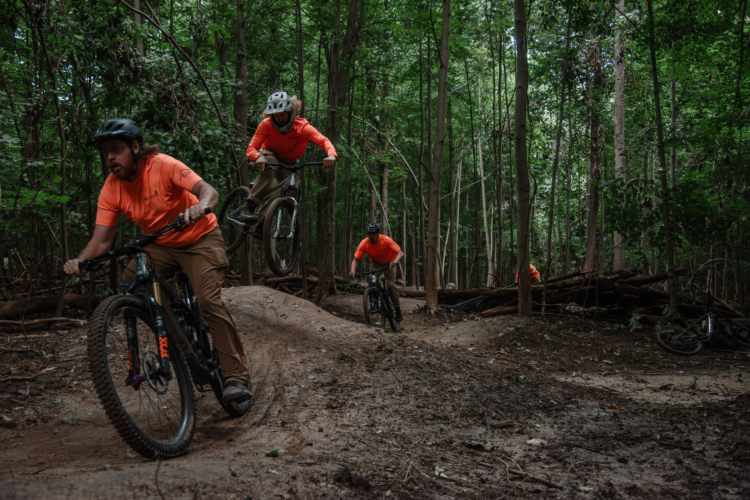
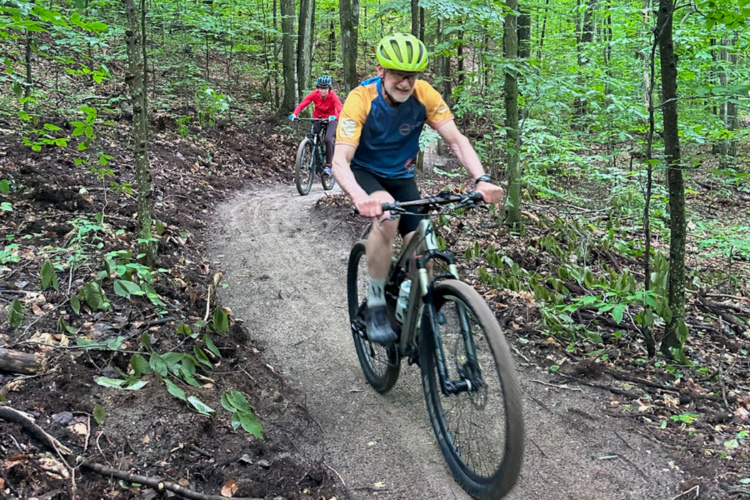

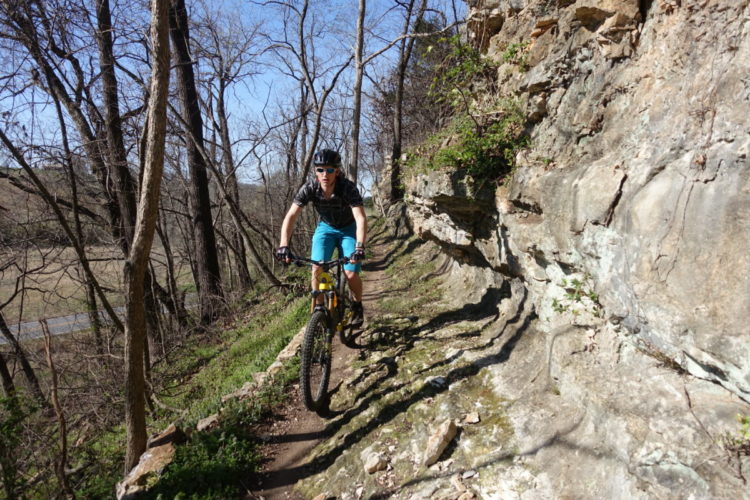
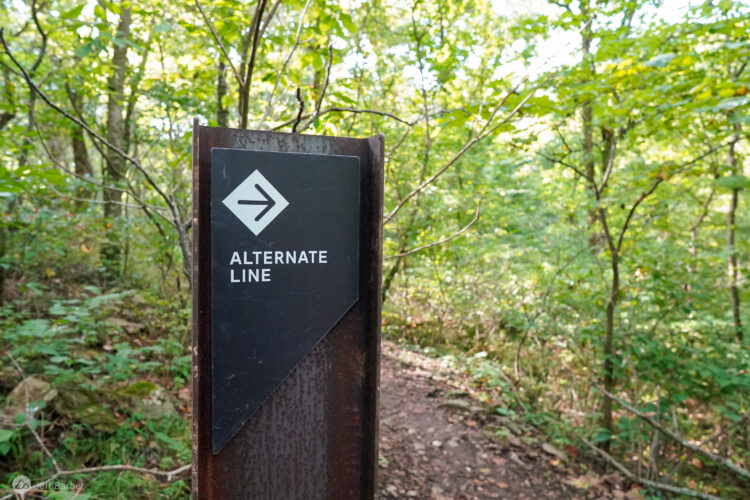
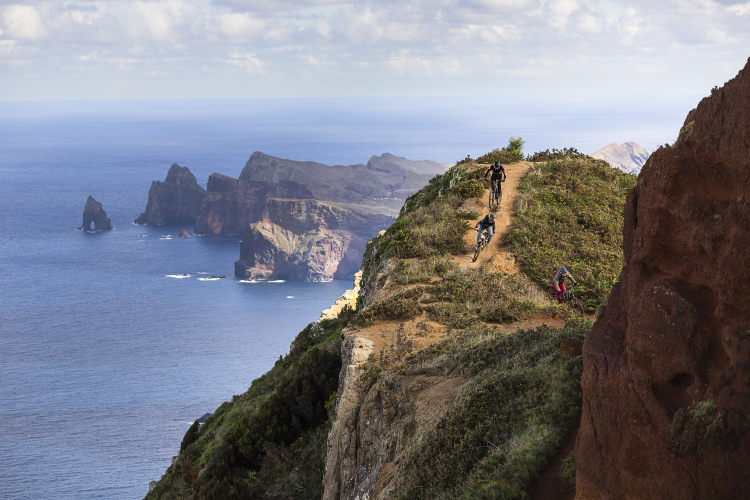
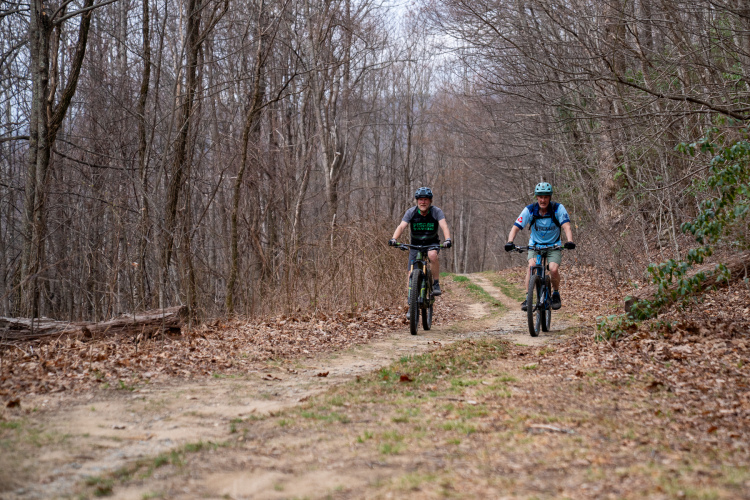


5 Comments
Nov 25, 2024
Nov 25, 2024
As an aside, thanks for the trail coverage on this site! It's the heart and soul of the sport imo.
Nov 25, 2024
BTW, be sure to stay tuned for our end of year roundup, coming soon!
Nov 25, 2024
Nov 30, 2024